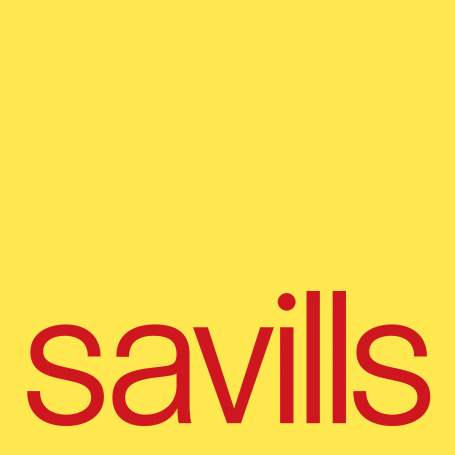SAVILLS: 2019 GLOBAL REAL ESTATE INVESTMENT COULD MATCH 2017 AS PARTS OF EUROPE SEE H1 RISE IN VOLUMES

International real estate advisor Savills says that although global real estate investment slowed in the first quarter of 2019 as political and economic uncertainty took their toll, activity picked up in the second quarter to leave global volumes at the half-year mark at US$ 810 billion, slightly below the same period in 2018 (US$ 840 billion).
In an update to its Impacts global research programme, Savills says that while 2019 full-year global investment volumes are unlikely to match or exceed the record 2018 level of US $1.8 trillion, it is not unimaginable that real estate volumes could be in line with those reached in 2017 when the total was US$1.7 trillion.
Much of this strength in H1 2019 derived from cities in Europe’s secondary investment locations, including Prague, which are bucking the trend of decreasing investment volumes (-17%) seen across Europe as a whole during the first six months. According to the latest research from Savills, Prague enjoyed the biggest investment rise to €1.44 billion (+133%) in H1 2019, followed by Warsaw (+119%), Stockholm (+46%), Berlin (+37%), Dublin (+26%) and Milan (+16%).
Cross-border capital flows also slowed during H1 2019 as volumes fell 20% compared with same period in 2018. The biggest decline by value were outbound flows from Europe that resulted in US$43.8 billion invested in H1 2019, a 26% fall compared with the same period last year. However, investment flows from Europe to Asia-Pacific increased 67% over the same period.
Stuart Jordan, Managing Director and Head of Investment at Savills, comments: “Against a backdrop of falling investment across Europe as a whole, cities in Europe’s secondary locations like Prague and Warsaw are outperforming traditional hotspots across all markets as investors seek better returns without the need to take on a disproportionate amount of additional risk. This is a trend we expect to see continue in H2, although with many larger volume transactions falling in H1 and traditional develop / manage to sell investors preferring to hold for dividends, product supply is likely to hold back overall annual volumes.”